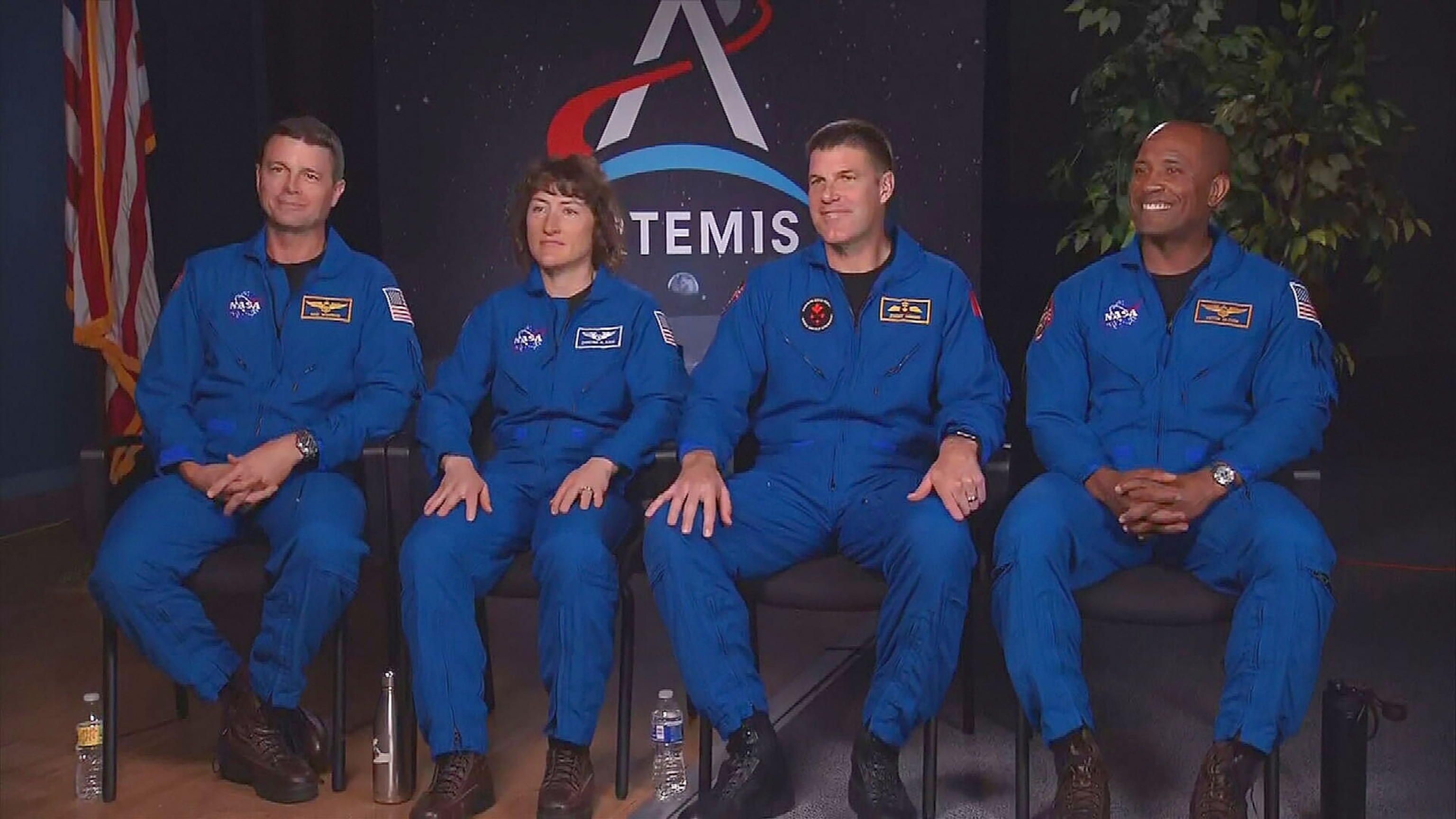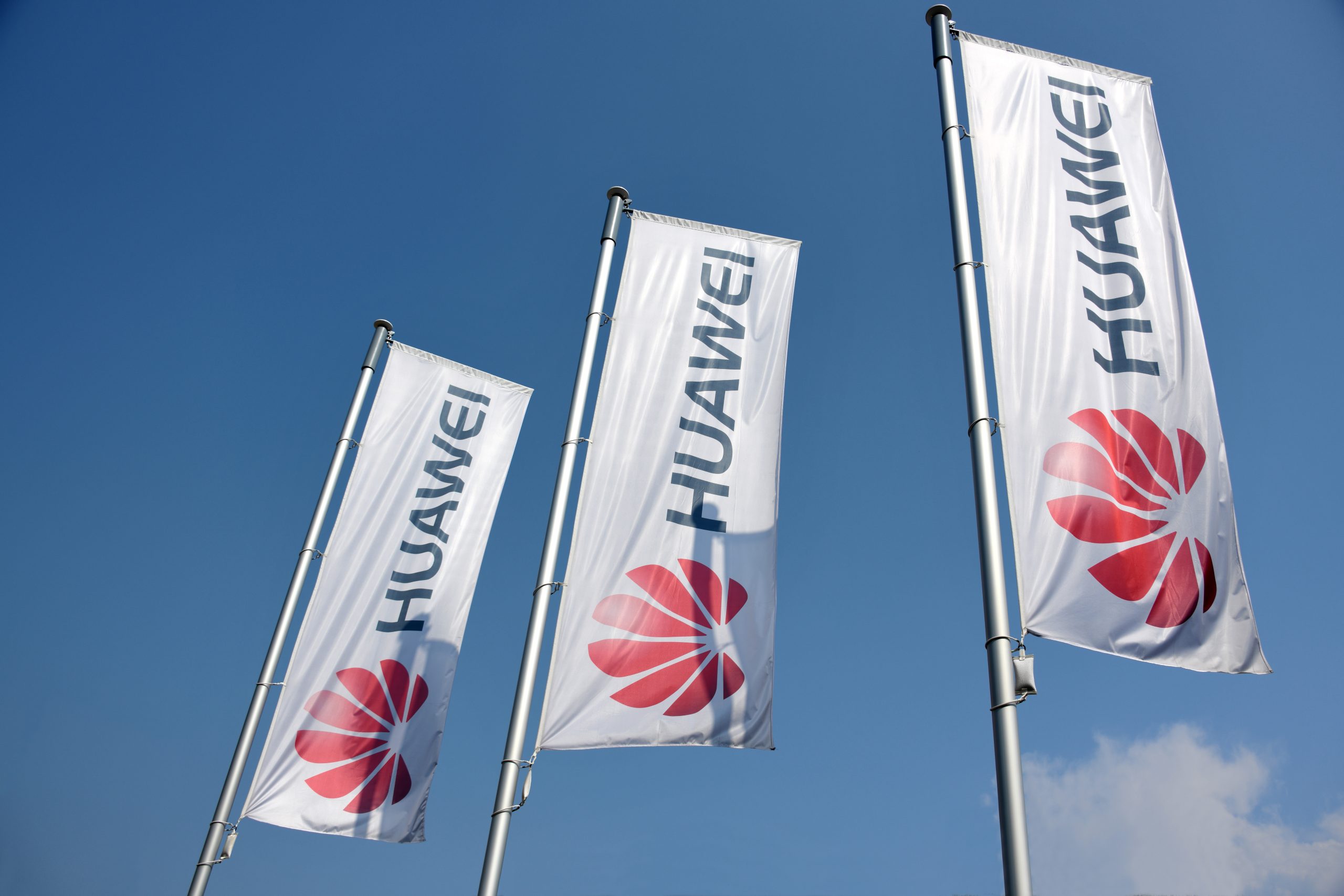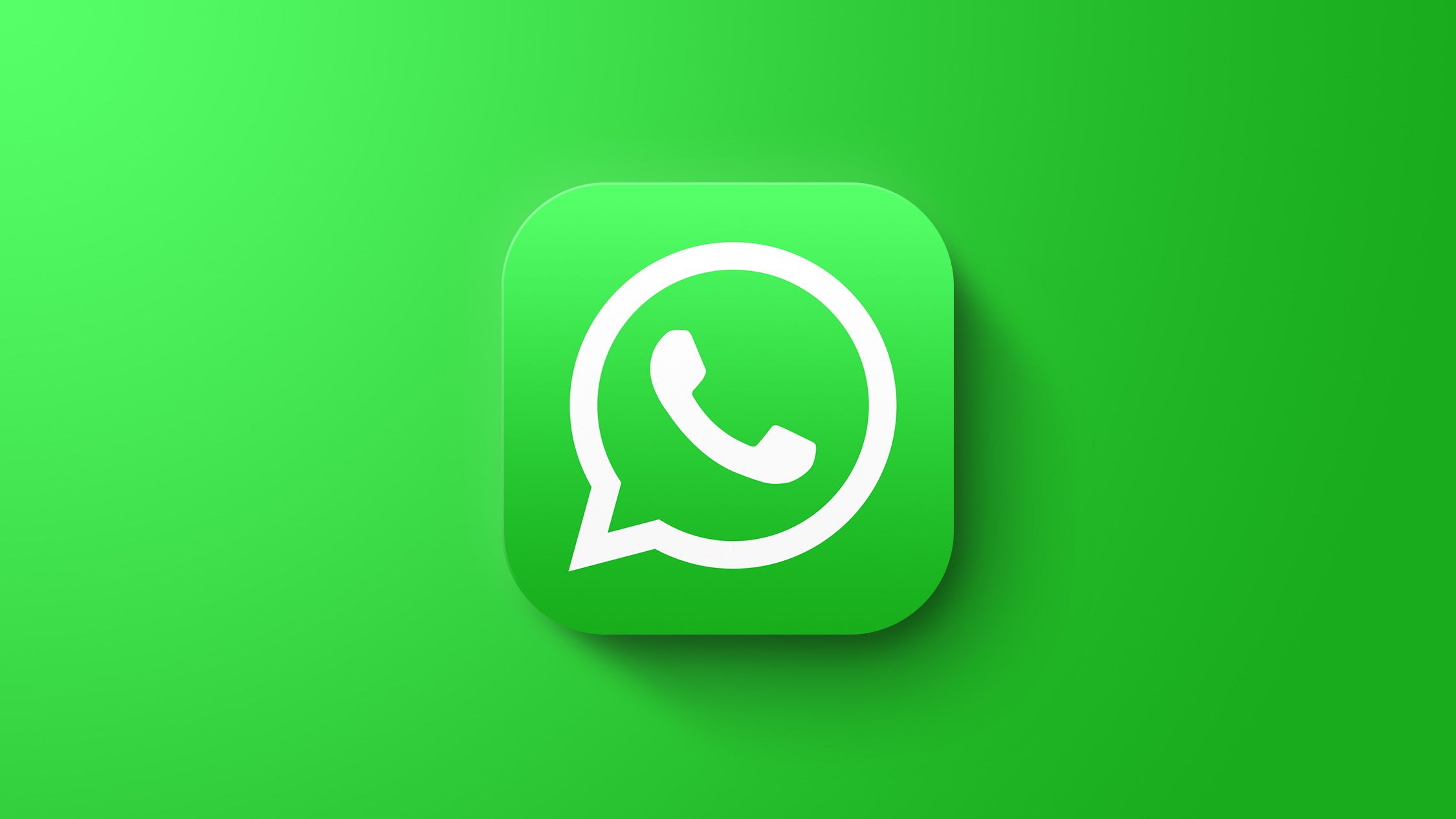NASA could launch its Artemis II mission, which will fly astronauts around the moon for the first time in more than 50 years, in February 2026.
The mission had previously been delayed until April, but, during a press conference at the Johnson Space Center in Houston on Tuesday, NASA officials said they may hit a launch window that could open as early as Feb. 5.
“We together have a front row seat to history. We’re returning to the moon after over 50 years,” Lakiesha Hawkins, acting deputy associate administrator for NASA’s exploration system development systems directorate, said during opening remarks.
The Artemis team will be made up of three Americans — Victor Glover, Christina Hammock Koch and Reid Wiseman — and one Canadian, Jeremy Hansen. Glover and Koch will be the first person of color and woman, respectively, to set foot on the lunar surface.
Artemis I, which launched in November 2022 and was completed in December, marked the first step in an ambitious plan to establish a long-term presence on the moon for scientific discovery and economic development, and potentially even send a crewed mission to Mars.

Astronauts Reid Wiseman, Christina Koch, Jeremy Hansen and Victor Glover during an interview with ABC News, in Houston, Apr. 3, 2023.
ABC News
However, after the flight test, teams discovered battery issues and challenges with a component that controls air ventilation and temperature control.
Additionally, NASA began investigating why char layer pieces from its spacecraft’s heat shield were lost during the Artemis I mission.
“Now, this is a series of tests, Artemis is,” Hawkins said. “Artemis II is a 10-day test flight … and so the activities that we do together, we are going to learn from them.”
She continued, “And so while Artemis I was a great success, there are new systems and new capabilities that we will be demonstrating on Artemis II, including the life support systems, the display capabilities, software, and et cetera.”
Hawkins said the lessons learned will help prepare for Artemis III, which will be an attempted landing on the moon. NASA has not sent a crew to the moon since the Apollo 17 mission in December 1972, more than 50 years ago.
Charlie Blackwell-Thompson, launch director for Artemis, said during the press conference that the rocket system that will take the astronauts into space, the Space Launch System (SLS), is “pretty much stacked and ready to go.”
Blackwell-Thompson added that the crew capsule, Orion, is in its final preparations at the Kennedy Space Center in Cape Canaveral, where it is finishing up processing and will then it will head over to the vehicle assembly building.









